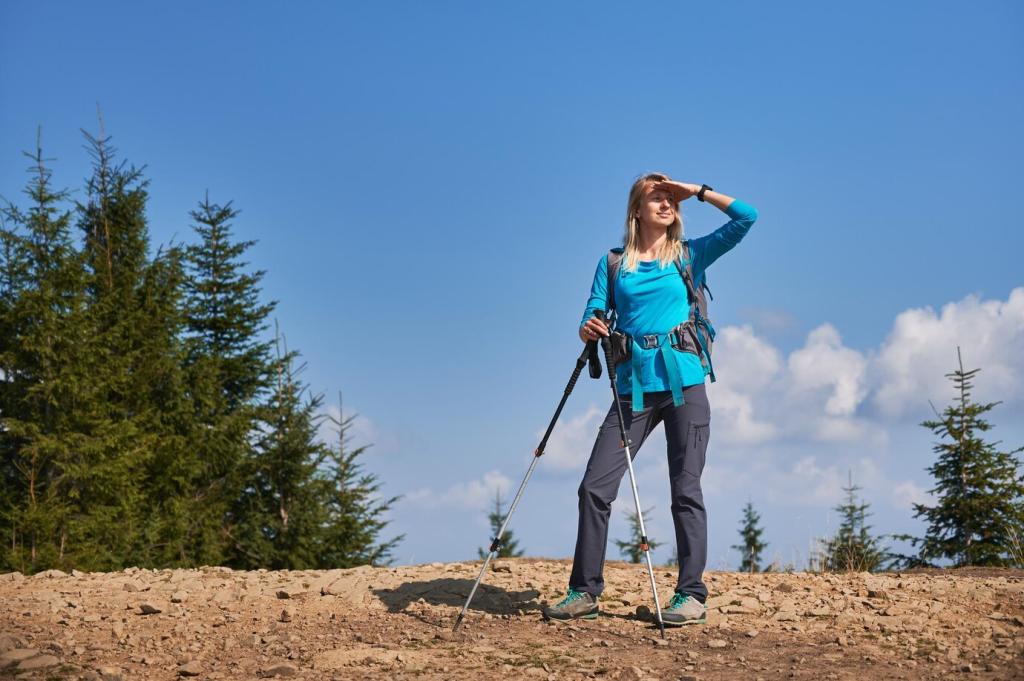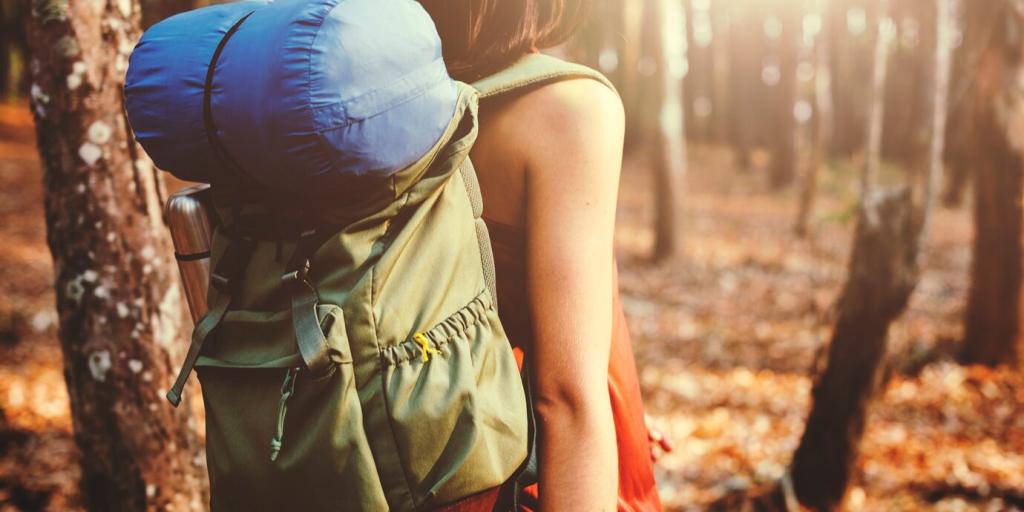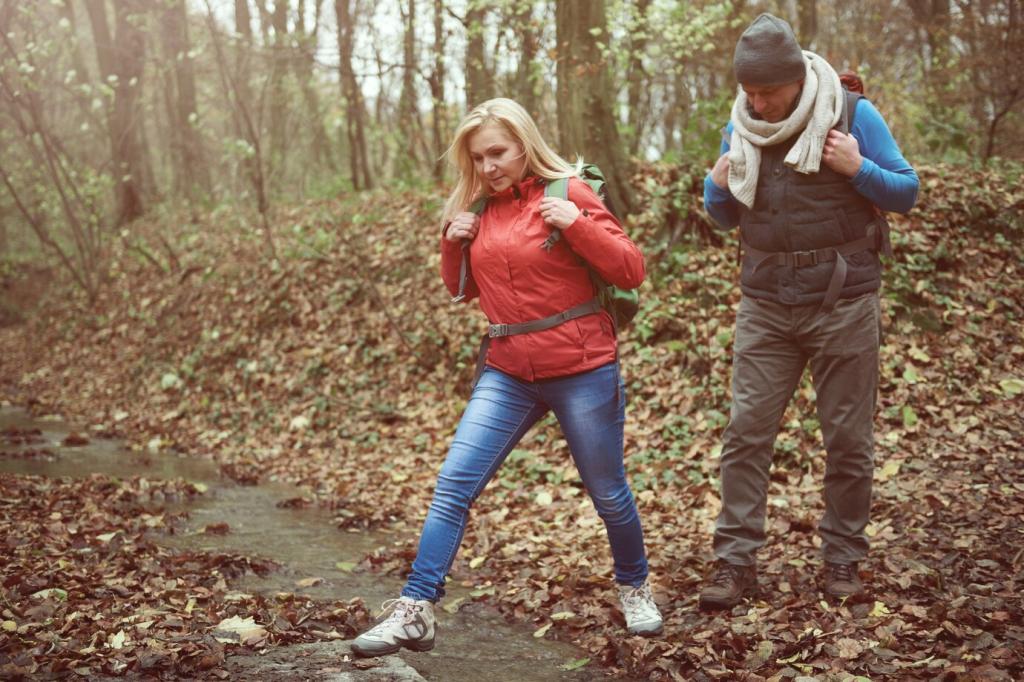Autumn Safety for New Hikers
Poles help test footing when leaves mask uneven terrain. Slow down on descents, and watch water bars. Share a time fall leaves disguised a hazard so new hikers learn to read the trail smarter.
Autumn Safety for New Hikers
Carry a warm midlayer, windproof shell, and light gloves. Swap layers before you feel chilled. I keep a dry beanie in a zip bag—small comfort, big safety boost when shadows stretch early.






